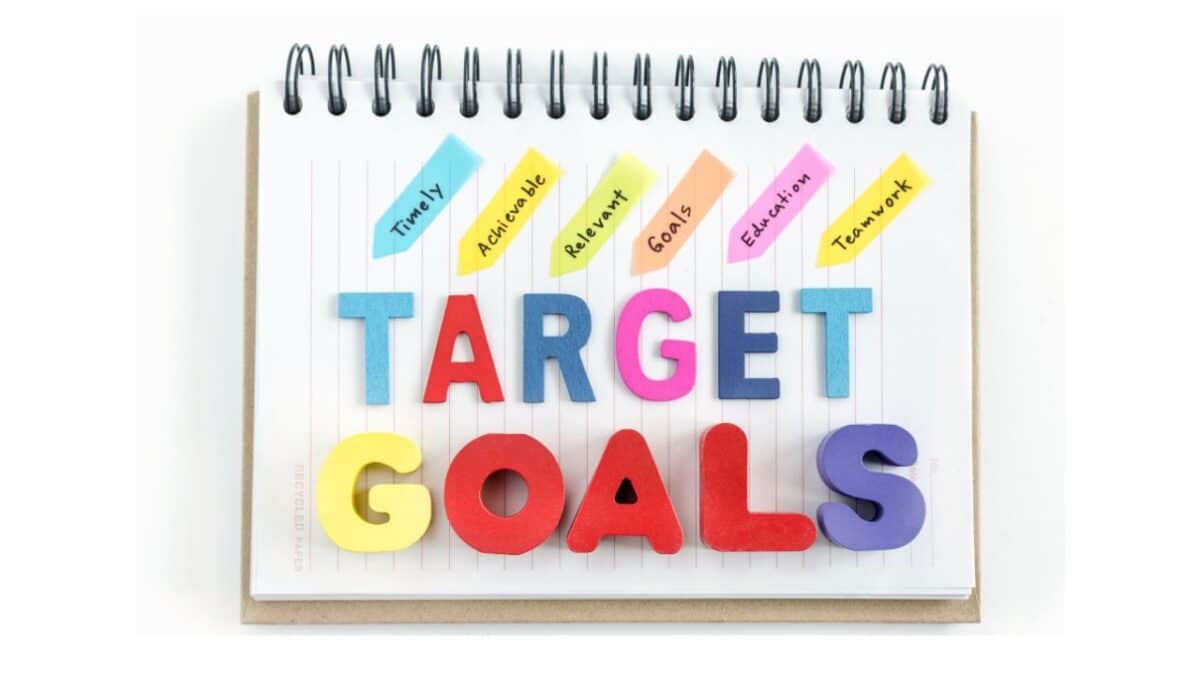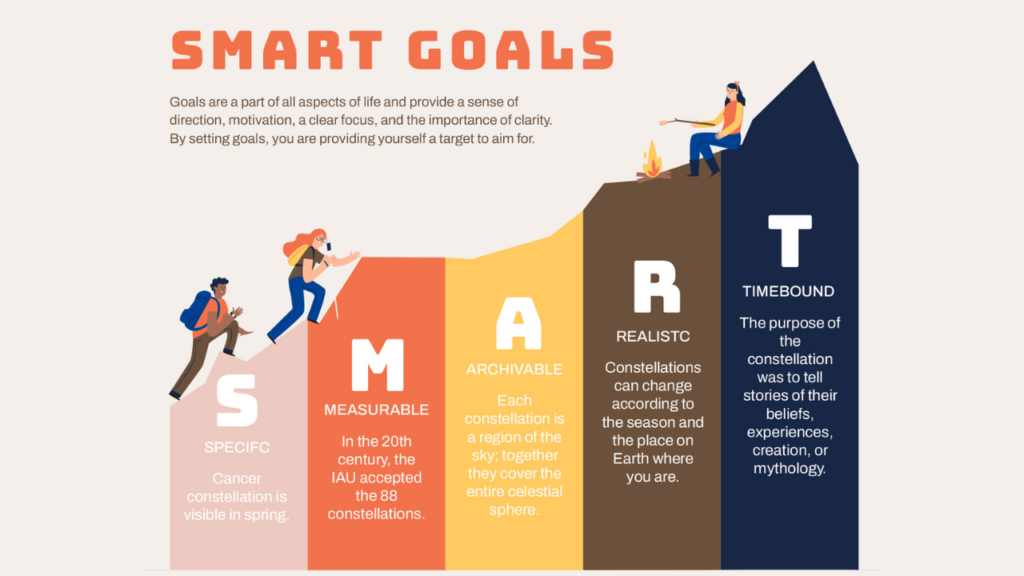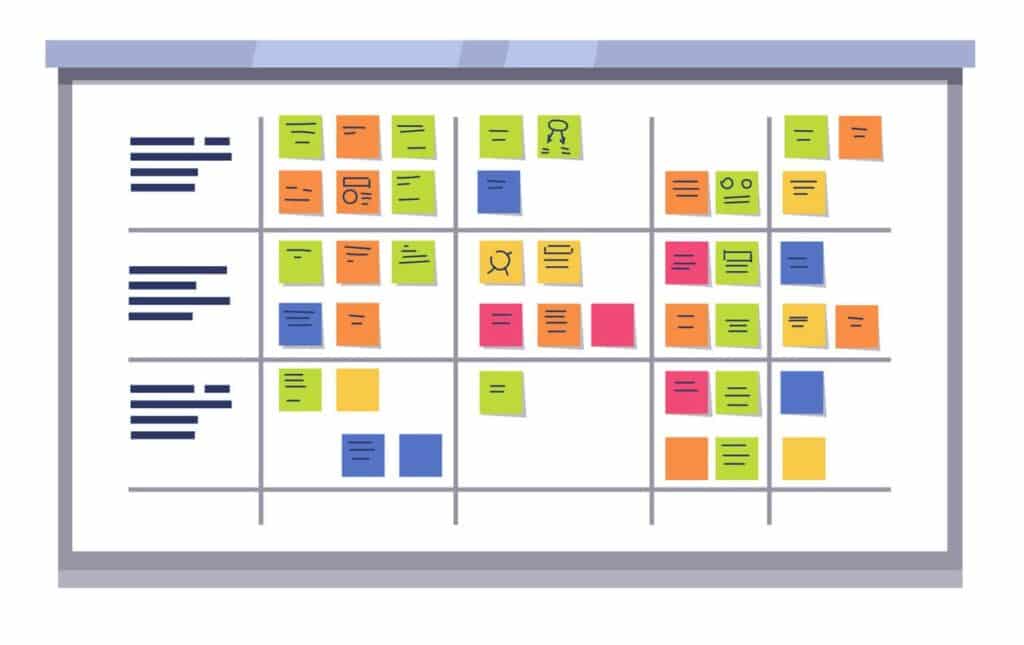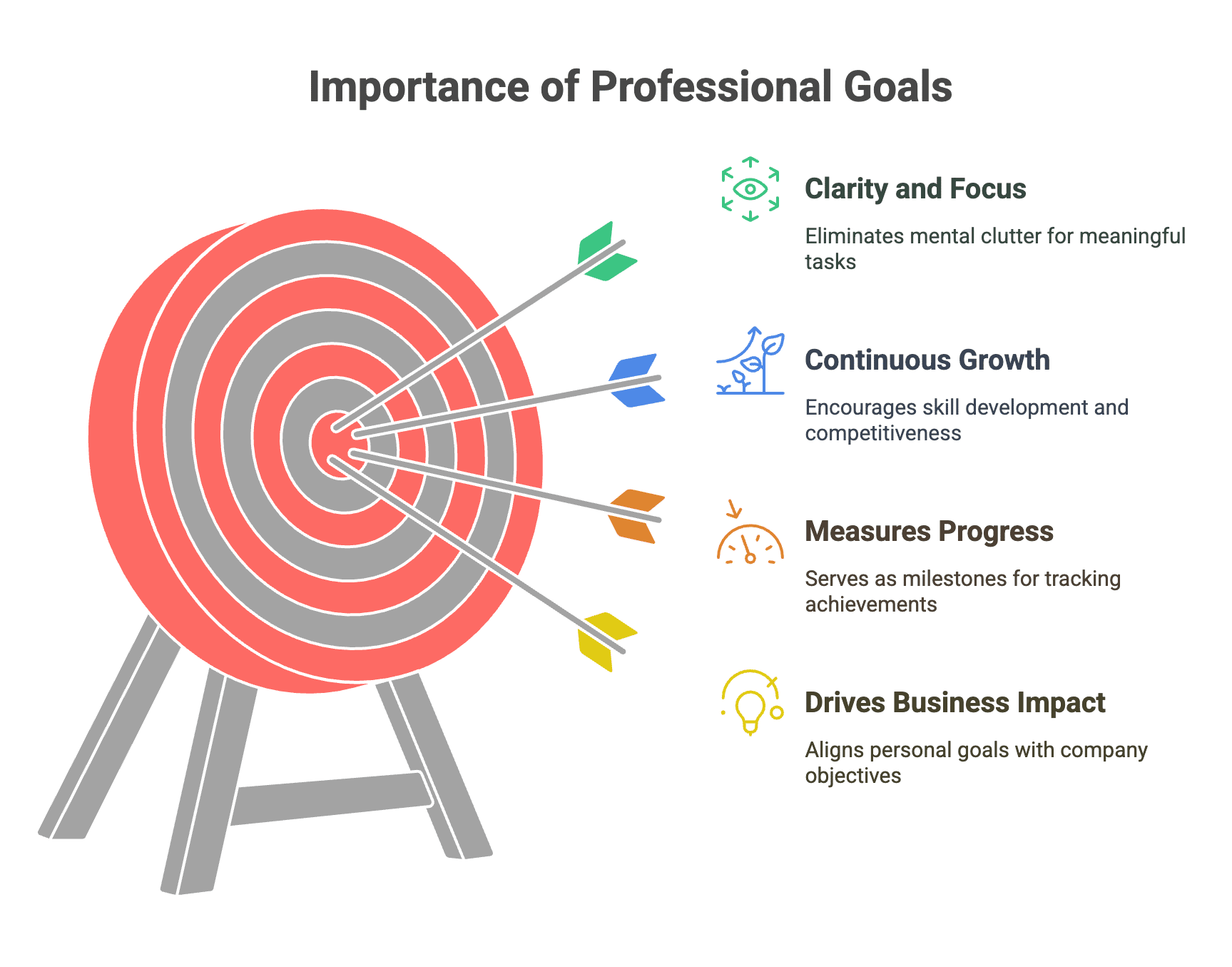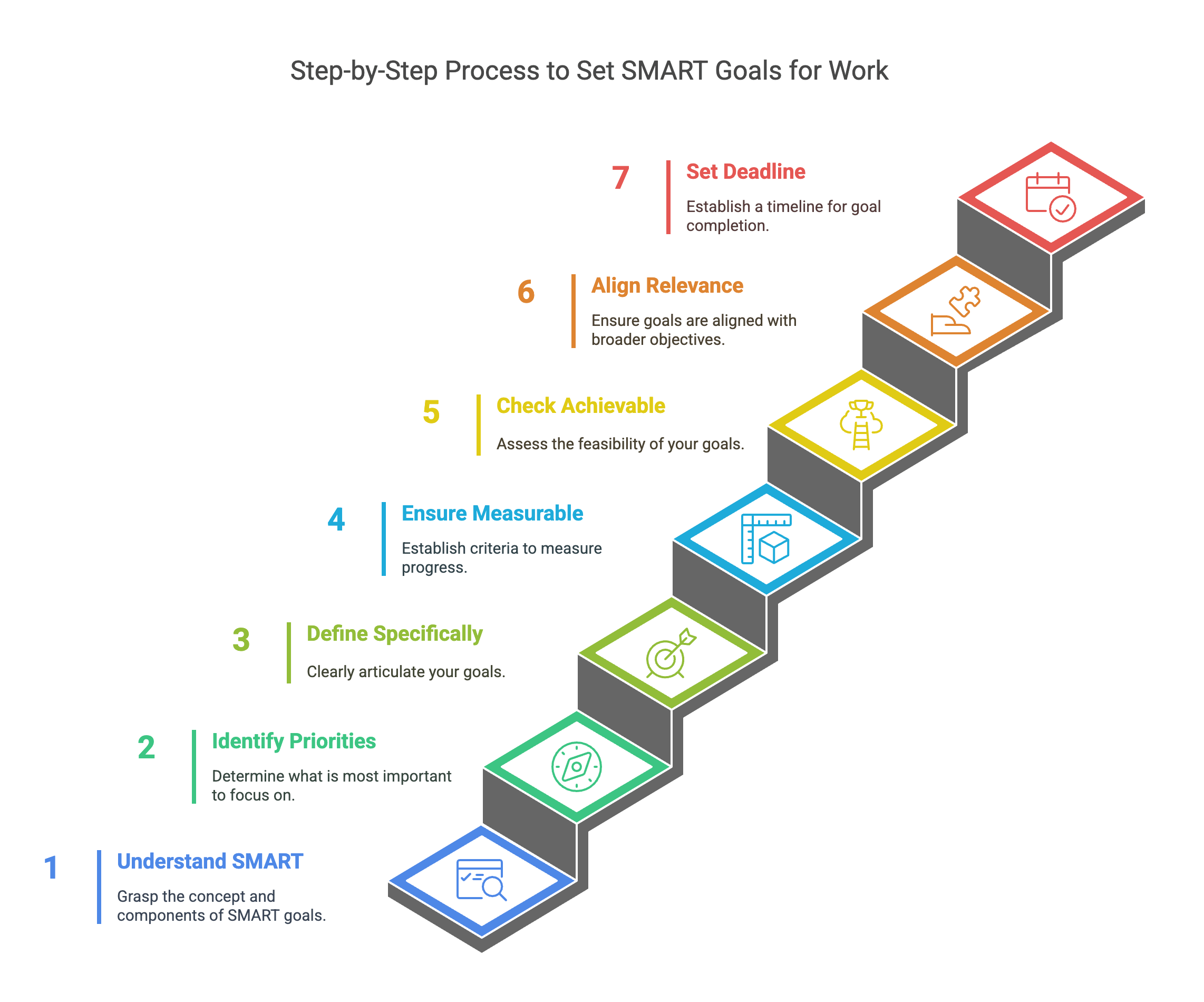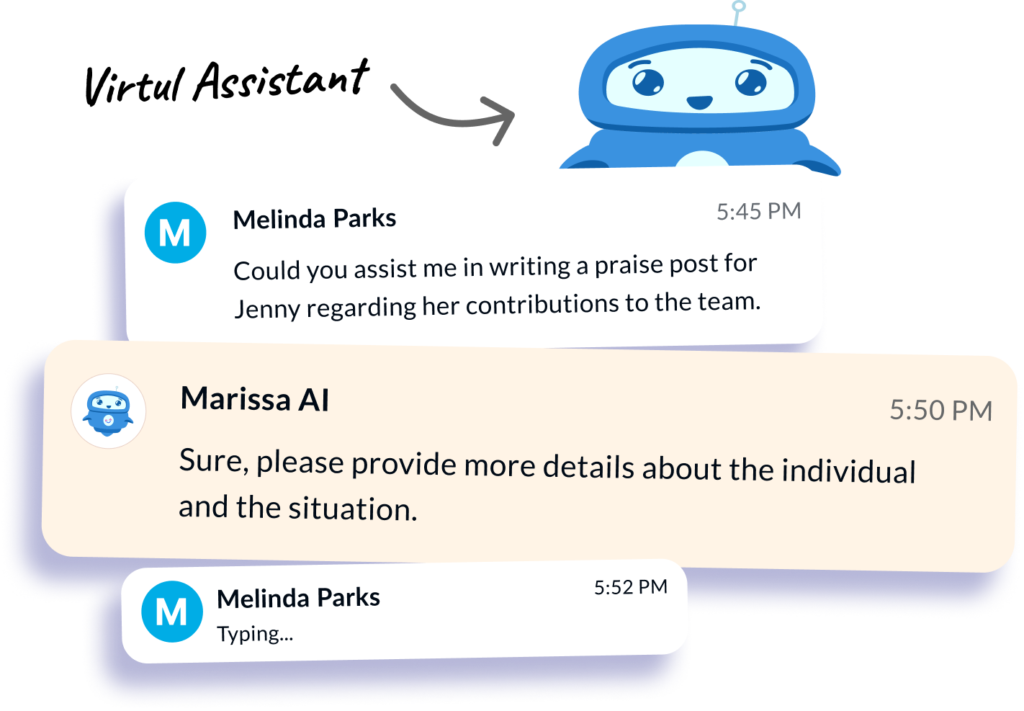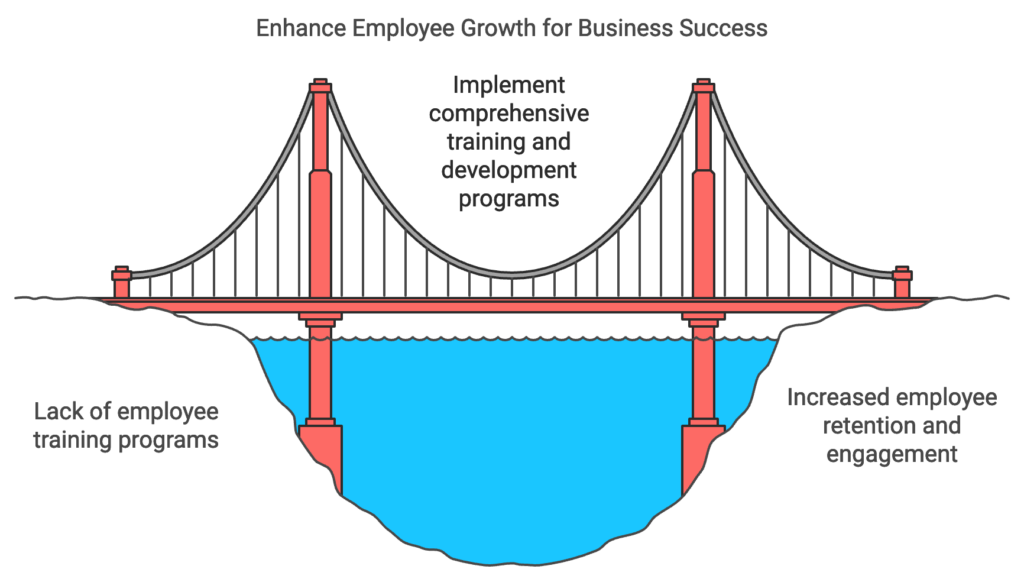One requires more than simply experience to lead an organization. It demands strategic focus, clear vision, and measurable objectives. In this situation, we need the help of CXOs’ Playbook. This guide is intended for top executives who want to create a lasting impact.
This playbook has outlined 10 SMART leadership goals that will make sure that leaders can align with the vision of their company while driving results. It can be enhancing team collaboration, fostering innovation, or boasting operational efficiency.
Nevertheless, these goals function as a roadmap to achieving success. Make sure to dive into this playbook and find out some practical examples of SMART goals. These will allow the leaders to seize opportunities and navigate challenges confidently.
Why SMART Leadership Goals Matter in 2025
The leadership landscape in 2025 is more complex than ever. Hybrid teams, AI-driven decision-making, and a focus on ethical leadership have reshaped expectations. Setting SMART leadership goals—Specific, Measurable, Achievable, Relevant, and Time-bound—ensures leaders have a clear path, measurable checkpoints, and accountability mechanisms.
According to Deel Engage, organizations with leaders who set structured goals experience up to 30% higher productivity and greater employee satisfaction. For CXOs, SMART goals are no longer just a management tool—they are a strategic imperative for driving clarity, alignment, and measurable leadership growth.
What are SMART Goals?
To bring a leader’s vision to actionable results, businesses turn to SMART goals. Embedding these principles allows CXOs to drive measurable success. They can also navigate the complexities of the ever-changing market.
For example:
- Specific: Set clear goals. For example, “Increasing employee engagement by 15% in the next quarter.”
- Measurable: Track your progress through analytics tools.
- Achievable: Make sure goals are realistic in terms of resources available.
- Related: Make sure intentions are aligned with broader organizational goals.
- Timely: Provide a target date for every goal.
According to a study by Smartsheet, team productivity improved by 20% for leaders who were clear about SMART goals.
10 SMART Leadership Goals Examples That Drive Results
1. Enhancing Employee Engagement
Goal Example: Raise employee engagement by up to 20% by the next quarter.
Employee engagement enhances a productive and positive workplace environment. CXOs can work on actionable items by setting a SMART goal. Implementing real-time feedback channels and reward systems can be valuable. Installing engagement solutions like
Engagedly will help the leaders significantly. It will make it simple for them to assess engagement. This can be done by providing feedback characteristics that meet employees’ needs.
To sustain high performers in the organization, leaders should promote employee engagement. These should be done through clear expectations. These are meant for desired behavior or working standards for the development of abilities to achieve this goal.
Frequent surveys can track improvements and highlight areas for development. It will be a sensible idea to use technology and place team well-being at the forefront. This is because it can develop a healthy work environment. It will help to drive up overall organizational performance.
2. Enhancing Decision-Making Pattern Through Data
Goal Example: Implement decision-making processes across all departments derived through specific data.
Data-driven decision-making is the foundation of modern leadership. CXOs can make a SMART goal to enable data-driven systems. It will make sure that all decisions are backed by analytics. This means training their teams to interpret data and investing in robust analytics platforms. It also implies integrating data-based insights into their everyday operations.
For example, the CXO Playbook for Data and Analytics notes that business success comes from actionable insights. It will lead to measurable outcomes. A data-centric culture helps leaders to minimize risks and make better decisions.
As per a McKinsey report, organizations employing data well are 23 times more likely to gain customers.
Also, workshops and training sessions can enable teams to use data tools effectively. Embracing data-driven strategies led by SMART leadership goals examples from CXOs, will transform decision-making across the organization. It will result in alignment with broader objectives and enhance overall performance.
3. Developing Leadership Skills in Departments
Goal Example: Conduct quarterly leadership workshops and training modules to grow 30% of the hierarchy within a year.
Upskilling mid-level managers will help CXOs to create a strong leadership pipeline. It will tackle future challenges. Crafting a SMART goal to host regular workshops allows organizations to grow talent. It will also create a culture of continuous learning.
The learning modules in Engagedly provide them with personalized development plans. This will help to further ease the process. They can also focus on topics like conflict resolution and strategic thinking. Thus it will ensure proper leadership growth.
According to a Deloitte survey, organizations that have leadership development programs in place have 25% higher financial returns.
This includes producing tangible results, like improved team functioning or more effective decision-making. When CXOs focus on the growth of strong leaders, their organizations thrive.
4. Boosting Cross-Functional Collaboration
Goal Example: Increase successful cross-department projects by 50% annually.
Cross-functional collaboration is critical for driving innovation. It will also help to achieve complex goals. To achieve a goal, CXOs can formulate SMART leadership goals examples. It will enhance collaboration by breaking down all data and encouraging interdepartmental teamwork. That means finding ways to bring groups together to collaborate on common goals.
Some approaches include hosting regular alignment meetings together with collaborative tools. Platforms like Engagedly enable organizations to communicate effectively. It will also help to track work efficiently to keep teams in sync and accountable.
Success could be measured by tracking project completion rates and gathering input from team members. CXOs fostering collaboration can consequently enable collective responsibility and innovation, leading to collective organizational success.
5. Fostering Diversity and Inclusion
Goal Example: Achieve a 15% increase in leadership roles held by diverse candidates within two years.
A diverse and inclusive work culture is increasingly relevant to creating a workplace driving new ideas. A SMART leadership goal example is to increase representation in leadership. It will aid in ensuring a more inclusive culture benefiting both employees and the organization.
McKinsey’s research confirms that global organizations are 36% more likely to excel competitors if they have diverse leadership teams.
To achieve this goal, CXOs can recruit from diverse populations. They also offer mentorship opportunities for underrepresented groups within the company.
They likewise address internal policies to eliminate biases. Tools, such as Engagedly’s diversity analytics, can help to assess the progress of the process. It can also identify areas for improvement.
Measuring success is done through analyzing representation data and getting the employees’ views. Thus, CXOs will surely improve the organizational workplace environment while prioritizing equal opportunity.
However, it will also position their organizations for long-term success. This is particularly true in an increasingly globalized market.
6. Achieving Financial Growth
Goal Example: Increase revenue by 10% while maintaining operational efficiency within the next fiscal year.
As for any organization, financial development is always on the priority list. By using SMART leadership goals examples, CXOs can aim to increase revenue productivity. This can be done through best practices driving profitability and optimizing operational performance.
This involves identifying new revenue sources and reducing avoidable expenses. It also involves taking advantage of advancements in technology.
CXO Playbook’s insight into digital transformation could go a long way in attaining this objective. For instance, adopting automation tools does not require doing the task manually and can help boost efficiency.
According to a report by PwC, companies that are keen on the digital age are aimed at enjoying a 15% improvement in their revenues.
Leaders can track key performance indicators for success. These can be profitability and customer acquisition rates. In this fashion, CXOs can achieve steady and sound financial returns. It will also help to maximize organizational effectiveness.
7. Enhancing Customer Experience
Goal Example: Improve Net Promoter Score by 15% by the next notice.
Customer experience is an essential index to brand loyalty and organizational performance.
Executive management can then define a SMART goal for increasing NPS as a way of increasing customer satisfaction. This means collecting information from the customers and responding to the pain areas. It also implies providing tailored solutions to the consumers.
Engagedly’s feedback tools help organizations gather useful information from clients. It likewise helps leaders make the right decisions. Some of them include streamlining customer service processes and offering proactive support. These can significantly improve satisfaction levels.
8. Strengthening Brand Presence
Goal Example: Grow brand visibility by 30% through targeted digital campaigns over the next year.
Brand presence is key in attracting clientele, and customers are more likely to trust brands they are familiar with. CXOs can set SMART leadership goal examples for enhancing visibility.
It will be achieved through digital marketing campaigns. This comprises optimizing online content and engaging with audiences. It also consists of promotions on social media and pay-per-click campaigns.
This goal can be achieved with the help of platforms like Engagedly. They can align internal communication with external branding. For instance, sharing employee achievements on social media platforms may help the brand establish trust.
Organizational success indicators include tracking metrics on the official website. It also incorporates engagement with the social media platforms and people’s attitudes towards the brand. Through visibility, CXOs will be able to place their organizations first and drive long-term success.
9. Optimizing Remote Work Strategies
Goal Example: Improve remote team productivity by 25% through enhanced communication tools. This will be done within six months.
Remote work is now part of numerous organizations. To increase remote work efficiency, CXOs can opt to set a SMART goal that will help maintain employee’ engagement. SMART leadership goals examples comprise investing in communication tools. It defines the right workflows and provides incentives to personnel working remotely.
The approaches offered by Engagedly help managers track productivity and engagement rates. Such actions as hosting virtual team-building procedures and offering flexible hours would help with the work-life balance.
A study by Buffer showed that 97% of remote employees would encourage others to adopt the system, showing its benefits in terms of satisfaction and productivity.
By enhancing the work-from-home model, CXOs can build buffer teams for future occurrences.
10. Driving Innovation
Goal Example: Launch three new products within two years, meeting specific market needs.
Innovation is the key to success; anyone who is lagging is left behind. CXOs can set a SMART goal to drive innovation by focusing on product development and market research. SMART leadership goals examples include the formation of an innovation team. It likewise includes sourcing and providing financial means.
The CXO Playbook has frameworks for assessing the market and creating solutions. For instance, brainstorming and hackathons may be useful to obtain several new ideas and drive product progress.
Some of the key areas where market progress is assessed are tracking product milestones. Other areas can be collecting customer feedback and analyzing market performance. Through innovation, CXOs can enhance their organizational growth. It will ensure long-term success and equip them to tackle future changes.
How to Apply SMART Goals as a Leader
Step 1 – Refresh the Framework
- Specific: Clearly define what you want to achieve.
- Measurable: Decide how success will be measured.
- Achievable: Ensure it’s realistic given resources.
- Relevant: Tie it directly to business and leadership priorities.
- Time-bound: Set a clear deadline.
Step 2 – Use Leadership-Focused Tools
- Leadership Practices Inventory (LPI) to measure leadership behaviors.
- Employee Net Promoter Score (eNPS) to gauge impact on culture.
Step 3 – Adopt a Quarterly Reflection Rhythm
Review, refine, and realign goals every quarter to keep pace with business changes.
What Is the CXO Playbook?
CXO Playbook is a guide for senior executives. It also provides practical strategies and insights specifically for leadership challenges. Remaining focused on practical solutions will help the leaders. It will help them to stay in line with organizational priorities. It will likewise foster ideas and growth.
Some key benefits of the CXO Playbook can be:
- Guidance on decision-making during uncertainties.
- Tools for aligning leadership goals with measurable outcomes
- Frameworks of roles for fast-paced team collaboration.
- Strategies to encourage innovation and adaptability.
- Insights for building a strong organizational culture.
- Steps to scale business growth quickly.
For instance, in the IIM, Ahmedabad CXO Playbook, leaders are taught through case studies and workshops. Some specialized resources can be like the “CXO Sales Playbook.” These will outline best practices to drive revenue through strategic leadership.
The Connection Between Leadership Goals and CXO Playbooks
CXOs sometimes struggle to maintain a balance between short-term victory and long-term growth. The CXO Playbook bridges this gap by offering:
- Clear frameworks for setting SMART goals.
- Resources for managing change effectively.
- Insights into aligning personal leadership goals with organizational objectives.
Leveraging Technology to Attain Leadership Goals
Leveraging technology is essential for leaders aiming to achieve their goals effectively. Engagedly offers a comprehensive suite of tools designed to enhance leadership capabilities:
- 360-Degree Feedback: Engagedly’s platform facilitates multi-rater feedback, allowing leaders to receive insights from peers, subordinates, and supervisors. This holistic perspective aids in self-awareness and professional growth.
- Goal Management: Leaders can set, track, and align individual and team goals with organizational objectives using Engagedly’s goal-setting features. This ensures clarity and focus across all levels.
- Performance Reviews: Engagedly provides customizable performance review templates and flexible rating scales, enabling leaders to conduct meaningful evaluations that drive employee development.
- Employee Engagement Surveys: Through comprehensive surveys, leaders can gauge employee sentiment, identify areas for improvement, and foster a culture of engagement. This proactive approach helps in addressing concerns before they escalate.
- Learning and Development: Engagedly’s platform includes a learning experience platform (LXP) that offers personalized learning paths, supporting leaders in facilitating continuous employee development.
By utilizing Engagedly’s integrated tools, leaders can enhance their effectiveness, promote employee engagement, and drive organizational success.
Conclusion: The Future of SMART Leadership Goals
In 2025 and beyond, SMART leadership goals examples aren’t just about ticking boxes—they’re about intentional, ethical, and data-driven leadership. CXOs who master goal clarity, alignment, and adaptability will be best positioned to lead in an era defined by rapid change, digital transformation, and human-centered leadership.
FAQs
What are SMART goals? Explain with examples.
SMART means: Specific, Measurable, Achievable, Relevant and Time-bound. These parameters, when defined concerning your goal, ensure that your goals are attainable within a certain time frame.
Can SMART goals be adjusted?
Yes, they should be adaptive enough but at the same focused to fit the current circumstances.
What do you consider the key issues when developing SMART leadership goals?
Lack of clarity and setting unrealistic targets are some of the issues recorded.
How does the use of technology support the achievement of SMART goals?
The application of software to track goals and the use of analysis platforms can help in the monitoring and reporting processes.


